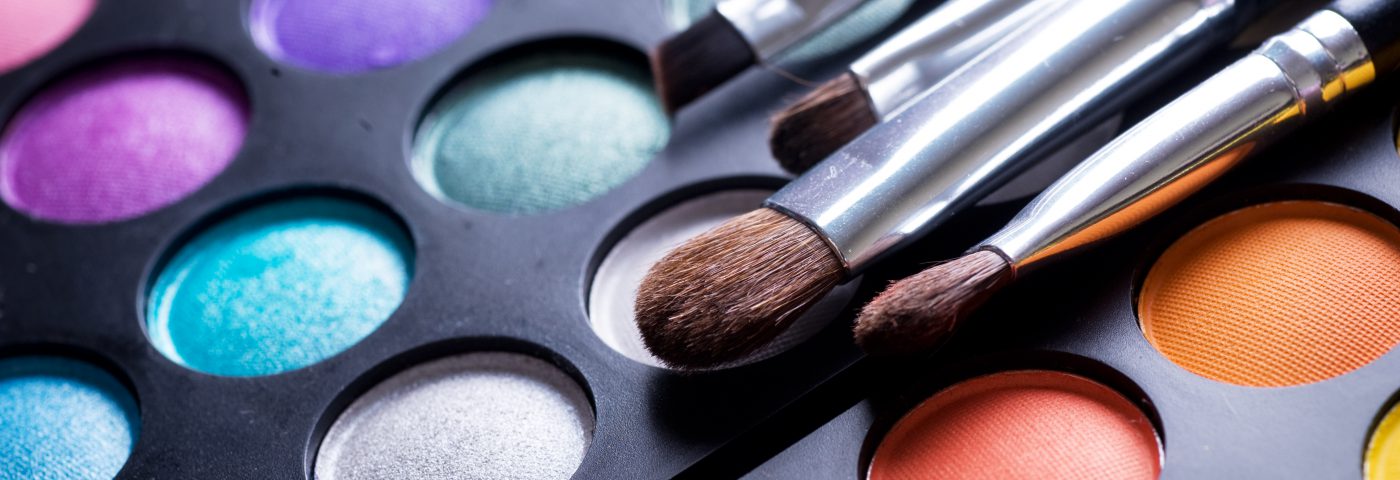Colour Cosmetics, the Fastest-Growing Category in Asia
As of 2016, colour cosmetics is the fastest-growing category among beauty products in Asia, registering 7% growth (current, fixed 2016 exchange rate). Despite the cooling economy in top sales markets China, Japan and South Korea, Asian consumers’ love and obsession for colour cosmetics continued to grow strong, thanks to the popularity of mass cosmetic brands in the region. Mass colour cosmetics grew strong at 8% CAGR from 2011 to 2016, eating up the market share of premium colour cosmetics, which grew by 4% CAGR for the same period. South Korean brands such as The Face Shop, Etude House and Innisfree fuelled the mass cosmetics boom by fulfilling Asian consumers’ need for self-indulgence and affordability through creative brand storytelling, eye-catching packaging, diverse product range and low price points.
India and China has been growing outstandingly from 2011 to 2016 at 21% CAGR and 11% CAGR respectively, boosted by its sheer size of consumer base and long-standing passion for make-up and beautification. Foundation/concealer contributed almost 60% of total colour cosmetics value sales in Asia, a proof that enhancing the skin complexion is the most fundamental make-up interest among Asian consumers. In the meantime, BB/CC cream registered the fastest growth at 25% CAGR for the past five years, riding on the K-beauty boom and its convenient compact-case packaging which provides an ease of use on-the-go and at home. In addition, BB cream is formulated with sunblock and hydrating serum elements by default, hence helps consumers skip a couple of steps in morning skin care regimen, which caters to busy urban consumers’ need for time-saving.
Megatrends: Ageing Consumers & Health Alignment
Developed markets in Asia such as Japan, South Korea, Hong Kong and Taiwan have already entered the “ageing societies” stage, whereby the over 40s population is bigger than younger age groups. This trend, derived from declining birth rate, increasing late marriages and stagnant local economy, led to the aged populations’ burning desire for maintaining “youth” and leading a healthy, glamorous life. In fact, the average gross income of Asian consumers aged 45 and above is over US$7,000 monthly, which translates to a significant purchase power. According to Euromonitor International’s 2016 Beauty Survey on the frequency of cosmetics use, women at age 45-59 showed a very similar frequency as women at age 15-44, which tells us women’s interest and efforts for make-up doesn’t fade away despite ageing. Global cosmetic brand Mac was quick to catch this trend and launched marketing campaigns by hiring Iris Apfel, an American fashion icon in her 90s, and Caitlyn Jenner, a transgender celebrity in her 60s as the brand ambassadors to stay relevant to wider age groups, beyond its usual young customers.
Consumers’ eagerness to maintain “youth” is also leading to the rise of hybrid cosmetics. Skincare-infused make-up products are increasingly available in the retail scene, catering to the sophisticated and educated consumers’ desire to enhance their skin even with their make-up on. Cosmetics formulated with anti-ageing, hydrating and hypoallergenic elements are now in the market, such as Studio 10 Hydralift Corrector, a concealer containing skin-perfecting ingredients like hydraulic acid, VMN Hypoallergenics lip products made without irritating waxes and parabens, Mary Kay’s mineral eye colour which contains vitamins to fight against wrinkle-causing free radicals, and so forth.
Outlook by 2021
By 2021, colour cosmetics in Asia is expected to maintain its healthy growth at 5% CAGR, reaching US$22bn. Asia is projected to be growing the fastest, surpassing the current growth leaders Middle East and Latin America, as these two regions are experiencing political and economic turmoil while the beauty consumption in massive developing markets such as China and India will continue to grow strong at 9% CAGR by 2021.
Global beauty companies’ localization efforts, by establishing R&D centers in the region to study the local make-up traditions and habits, will also expose Asian consumers to a wider variety of product options in the long run. Manufacturers’ increasing jump into halal-certified cosmetics sector will expand the Asia’s colour cosmetics market even further, capturing the untapped Muslim consumers which is over 1 billion population in Asia. The strong demand and growth potential of halal beauty products in Asia is already proven, through the explosive success of the Indonesian halal-certified mass beauty brand Wardah, as well as the halal R&D investment by international beauty giants such as Loreal who already established its halal-certified production plant in Indonesia.

